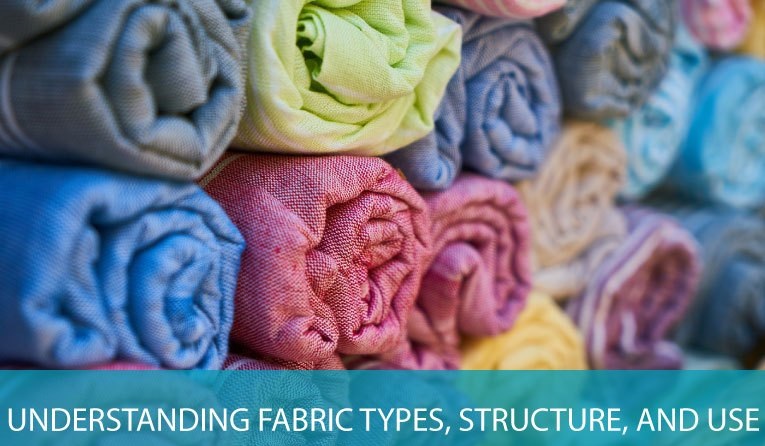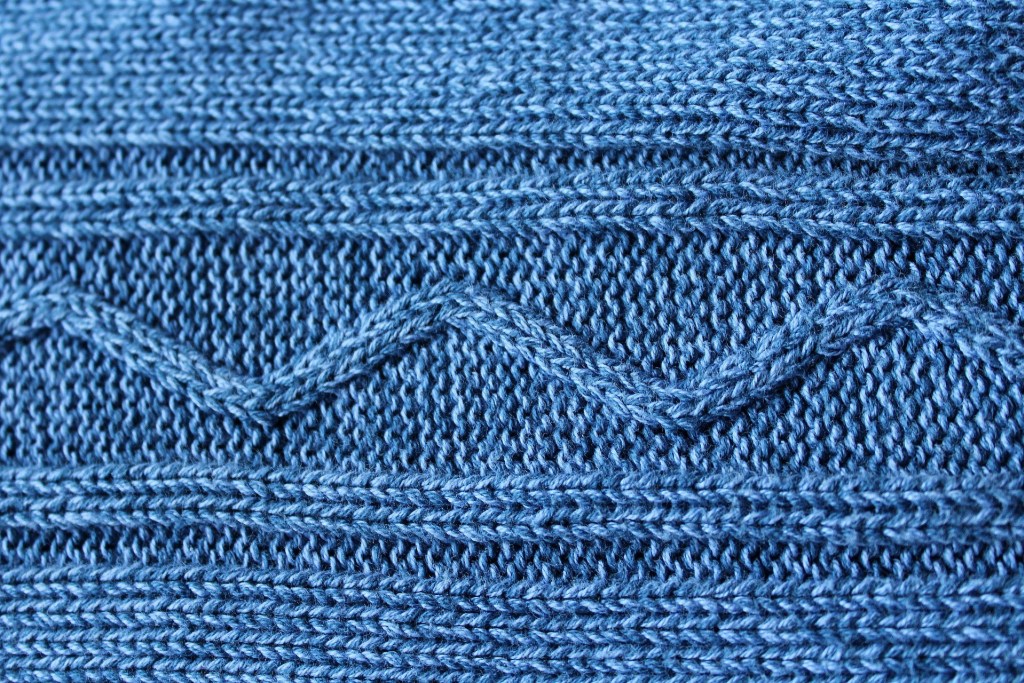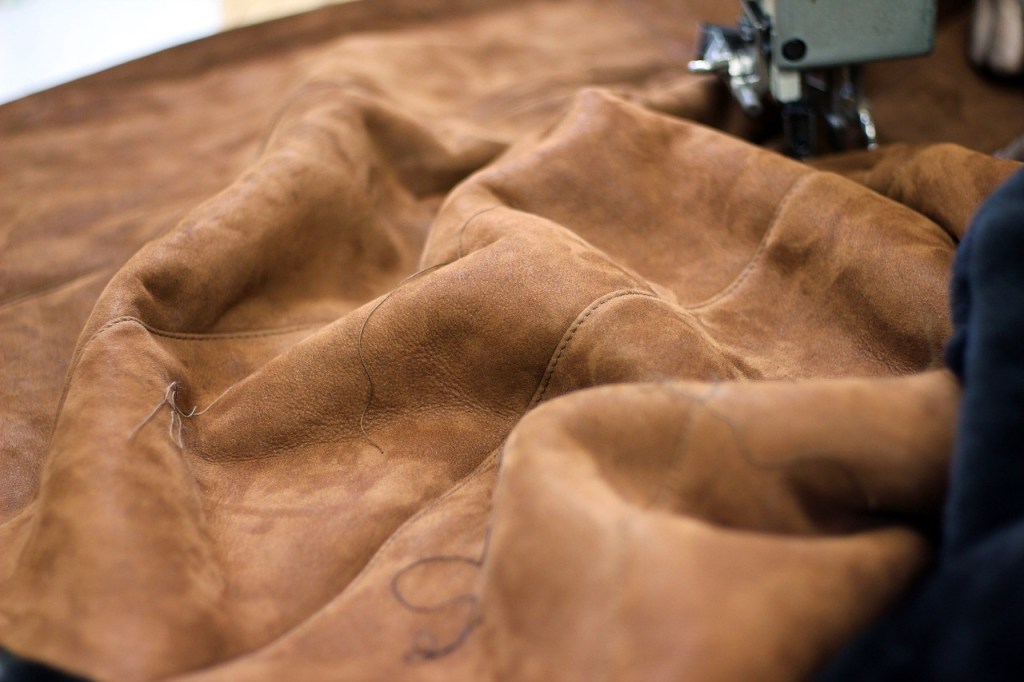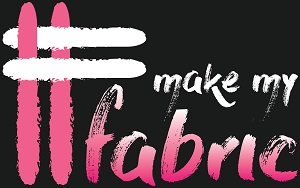Understanding Fabrics

Selecting fabric can be one of the most inspiring steps when it comes to starting a new project. It can also be one of the most challenging with all the different types of fabric on the market. In this article, I’m going to explain fabric types, structure, weave, and use.
Understanding Fiber Types
Fibers fall into three basic categories: plant-based, animal-derived, and man-made. The fiber content establishes many of the characteristics of a particular fabric. Having a basic understanding of fibers will make choosing fabric for any project easier.
Plant-Based Fibers
With plant-based fabrics such as cotton, linen, hemp, and ramie are strong whether wet or dry. These fabrics take dye easily and are easy to launder and press. They are usually dense heavy fibers that are absorbent. However, they don’t wick moisture or dry quickly. Plant-based fibers do not attract insects but they do mildew easily.
Animal-Derived Fibers
Animal-based fibers include silk, wool and hair fibers such as angora, cashmere, and alpaca. Fabrics made of these fibers tend to be light in weight relative to their bulk. They are also able to absorb moisture without feeling soggy. They are naturally elastic, resist wrinkling, and take dye well. You will need to protect these fibers from moths and carpet Beatles. You will also need to take care when laundering.
Man-Made Fibers
Man-made fibers are quite varied in their origin and characteristics. Plant cellulose is used to make Rayon, Tencel, acetate, and triacetate. The cellulose is formed into threads. Petroleum-based synthetic fibers include acrylic, nylon, polyester, and spandex. These fibers mimic and sometimes improve upon properties of natural fibers. Qualities of today’s synthetics include elasticity, soil and water resistance, moisture wicking, durability, colorfastness and insulating properties. Most man-made textiles are easy to care for and comfortable to wear. The one caution is the environmental impact many of these fabrics can have.
Fabric Types/Structure
Fabric is made of fibers and yarns. Garment fabrics are either knitted or woven from yarns. Some fabrics are made of fibers bonded together by heat, mechanical or chemical treatment. When you understand how these fabric types are formed you’ll be able to recognize them. This will help you correctly match fabric to project. This will minimize sewing and fitting frustrations. It will also improve the overall look, comfort, and fit of your final creations.
All fabric types are broken down into three types: knit, woven or nonwoven.
Woven Fabrics
In woven fabric, separate yarns cross each other at right angles. A loom arranges one set of yarns lengthwise (called the warp), then crosswise yarns (called the weft) are interlaced, or woven right in, at right angles. Each yarn is stretched as it is woven, producing a relatively stable fabric that doesn’t give either along or across the grain. Woven fabrics are either yarn dyed or printed. These fabrics are stable with some give on the bias. If you treat a woven garment well you can count on it to hold its shape over time.
There are different types of weaves when it comes to woven fabric. These different weaves behave differently. Muslin, denim, and satin are all woven but each has a very different look and feel.
Uses: Ideal for structured clothing, dresses, blouses, jeans and much more. Your pattern should specify the best fabrics to use. You can always use a different type of woven fabric but may change the drape of the garment. You should not substitute knit fabric when woven is specified.

Knit Fabrics
Knit fabric is created by the interlocking of yarns. A knitting machine forms a row of loops, then another row of loops is drawn through that row. This is repeated again and again in a process similar to hand knitting. Since they’re are made interlocking loops of yarn, knits stretch.
The fiber content of a knit determines its degree of stretch and recovery. The stretch factor in a knit is usually described in terms of a percentage: how far a knit can stretch beyond its unstretched width. Most knit patterns will have a measuring gauge you can use to compare the stretch of the fabric against.
Uses: Tshirts, athletic clothing, swimwear, lounge pants and even dresses can be made from knit fabric. Just make sure that the pattern specifies it was made for stretch or knit fabric.

Nonwoven Fabrics
Weaving and knitting are the most common fabric production methods. However, fabrics can also be made by molding, bonding, and felting. Real and faux leather and suede belong in this group along with nonwoven interfacings and paperlike fabric such a Tyvek. Each has its own characteristics and sewing requirements.
Uses: Coats, clothing designed with the fabric in mind, raingear and many crafting applications.
Felt vs. Fulled Fabrics
Felt is probably the most widely recognized of all nonwoven materials. It’s made by the application of heat, moisture, friction, and pressure to wool and or synthetic fibers. This causes the fibers to shrink and lock together forming a matted fabric. Fine-quality, all wool felt is warm, dense, and has a good drape.
Uses:100% felted wool is ideal for coats and jackets. Synthetic felt won’t wear well in a garment application but does work fine for crafts or costumes that won’t be worn often.
